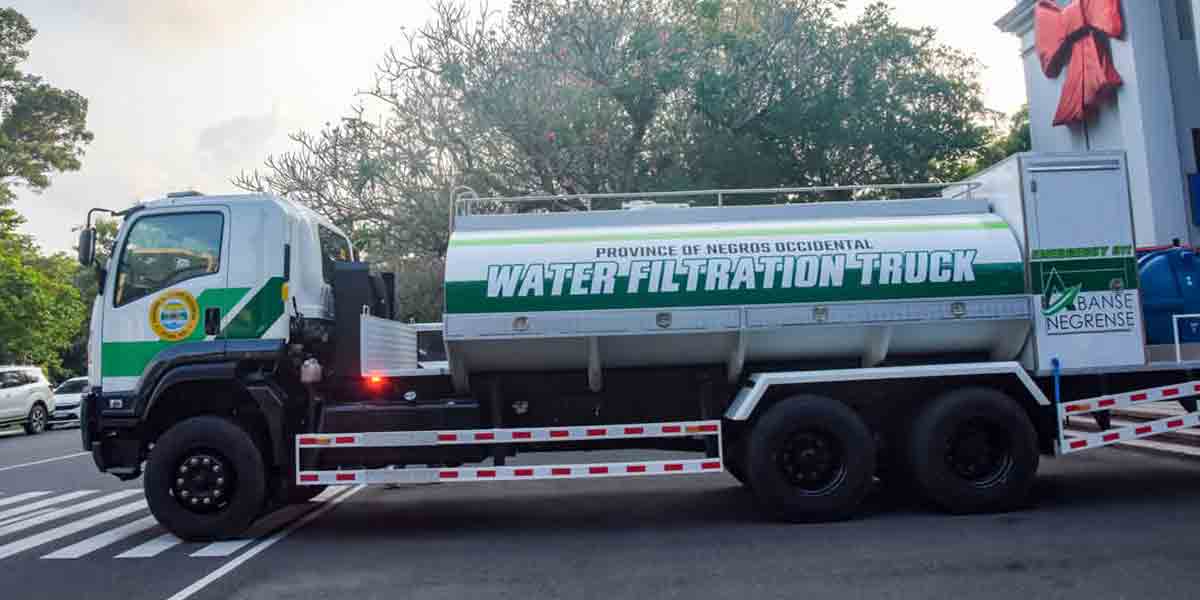By Atty. Eduardo T. Reyes III
From biblical times, land had always caused a whirlwind of controversy. Disputants would jockey for position to take possession of a swathe of land.
Centuries later today, nothing has changed save for the fact that in today’s civilized world, most tug-of-wars are now lodged before the courts. (It is hoped that instead of taking the law into their own hands, claimants over land would submit their controversies to the courts.)
If one builds on land belonging to another, would it matter if the act of building is inspired by good faith?
Under Article 448 of the New Civil Code, the answer is yes.
One who honestly believes that he/ she has a right over a piece of land and builds something under such a good faith belief, is entitled to the following rights:
1)To be reimbursed for the value of what was built; or,
2) To buy the land on which the building stands provided that the value of the land is not considerably more than the value of the building.
The option however belongs to the landowner if he/ she can prove ownership. But in the meantime, and until the landowner chooses and satisfies the requirements under the law in respect to the option chosen, the builder in good faith is entitled to the “right of retention” ie., the right to stay on the land without being required to pay any rent.
Another important advantage of the right of retention is that the landowner cannot demand that the tenement or structure will be demolished. That would negate the builder in good faith’s right of retention.
In sharp contrast, one who builds in bad faith will be placed in an unenviable predicament. He/ she will not be accorded any right of retention. Bad faith can mean a reckless disregard of clear ownership by another.
In the recent case of Ernesto Basquiñez Saniano and Ernest Eleazar Saniano v. Joselina Basquiñez Sañano, G.R. No. 261733, which came down on November 29, 2022, harkening the earlier case of Princess Rachel Development Corporation and Boracay Enclave Corporation v. Hillview Marketing Corporation, Stefanie Dornau and Robert Dornau, G.R. No. 222482. June 2, 2020, the Supreme Court discussed the options available to the landowner when the builder had acted in bad faith:
“Thus, applying the foregoing, Joselina has the right to appropriate what has been built on her property, without any obligation to pay indemnity therefor. Due to their bad faith, petitioners forfeit what they have built without any right to be paid indemnity.
“Meanwhile, while necessary expenses shall be refunded to the builder, whether he or she built the same in good faith or in bad faith, pursuant to Article 452, Joselina’s property was not in fact preserved but used, and was consequently damaged, due to the construction of the building. Notably, petitioners did not file a counterclaim for the refund of necessary expenses to which they may have been entitled, if at all. Neither do petitioners have the right of retention over the encroached portions as the right of retention is afforded only to a possessor in good faith.
“Should Joselina choose not to exercise the right to appropriate the improvements as granted to her under Article 449 of the Civil Code, she may exercise either of her alternative rights under Articles 450 and 451, i.e., (a) to demand the removal or demolition of what has been built at petitioners’ expense; or (b) to compel petitioners to pay the price or value of the portions they had encroached upon, whether or not the value of the land is considerably more than the value of the improvements.”
In sum, when the builder acts in bad faith, the landowner has a three-fold option: (1) to take the building without need of paying any reimbursement for its value; (2) to compel the builder in bad faith to buy the land even if its value is considerably more than the building; or, (3) to ask for demolition of the structure or tenement. In any of these cases, the landowner can also demand payment of damages.
Indeed, this principle on builder in good faith or bad, illumines how the law separates one who acts in good faith from the bad. It is like separating the grain from the chaff. Like the discarded chaff, the landowner can dispose of it without consequence.
Good faith, therefore, really matters. In law. As in life.
(The author is the senior partner of ET Reyes III & Associates– a law firm based in Iloilo City. He is a litigation attorney, a law professor and a law book author. His website is etriiilaw.com).




















